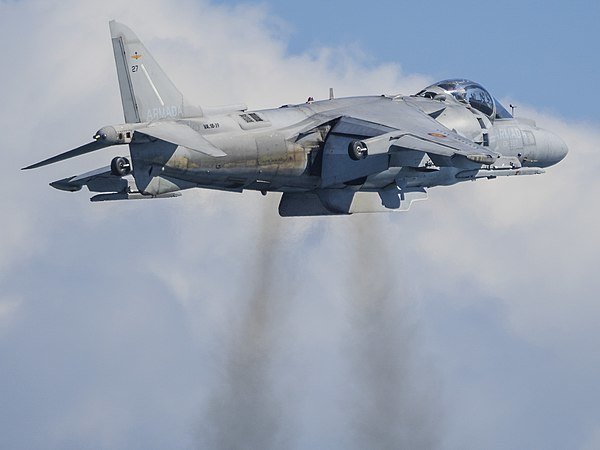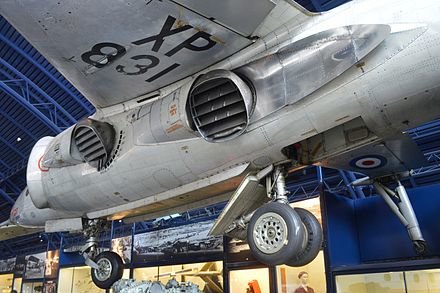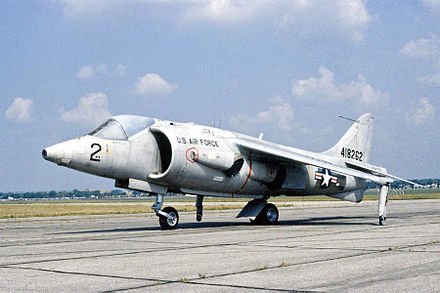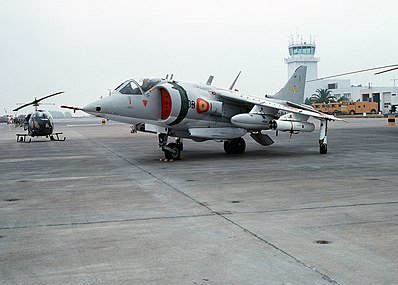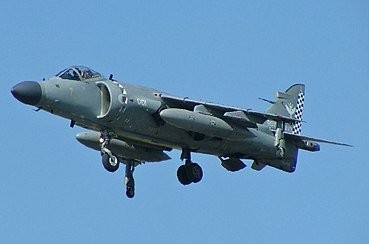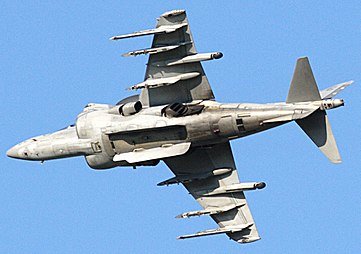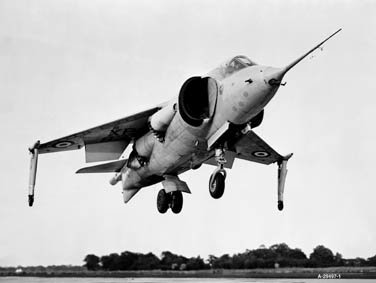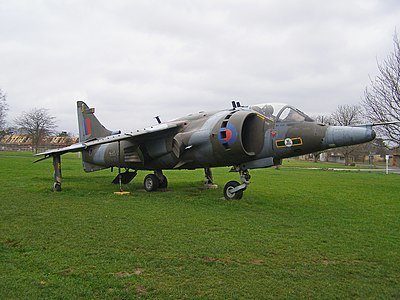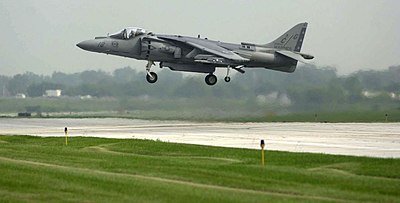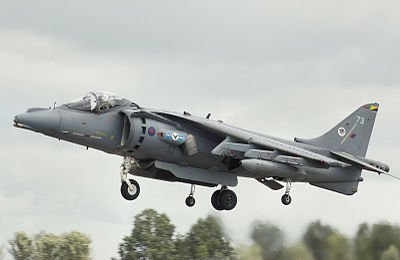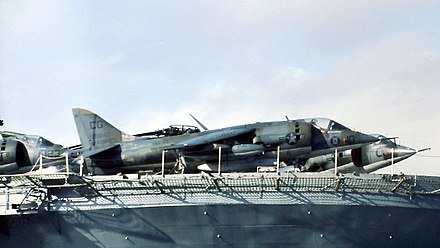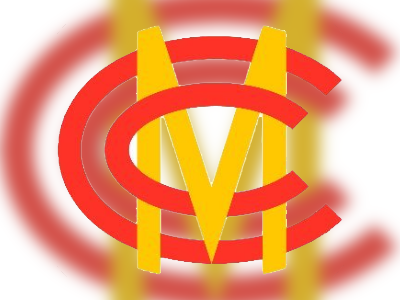British Heritage
Remember, Cherish, Learn.
beta
Harrier - The Jump Jet
A Contribution to British Heritage.
The Harrier, commonly known as the Harrier Jump Jet, is a remarkable family of jet-powered attack aircraft that possesses the unique ability to take off and land vertically or perform short takeoffs and landings (V/STOL). Developed in the 1960s by British manufacturer Hawker Siddeley, this aircraft played a pivotal role in British aviation history and contributed significantly to British heritage.
The Harrier's legacy lies in its groundbreaking V/STOL capabilities, which made it a versatile and adaptable aircraft for a range of military operations. Named after the agile bird of prey, the Harrier's design was a response to the need for an aircraft that could operate from improvised bases, reducing reliance on traditional, large airfields vulnerable to enemy attacks. This capability proved crucial during the Falklands War of 1982, where the carrier-borne version, known as the Sea Harrier, operated from HMS Hermes and HMS Invincible and played a vital role in Britain's success during the conflict.
The Harrier's contribution to British heritage is multi-faceted. First and foremost, it demonstrated British engineering prowess, ingenuity, and innovation in the aviation industry. The development of V/STOL technology showcased the UK's commitment to pushing the boundaries of aeronautics. Moreover, the successful deployment of the Harrier during the Falklands War underscored the importance of adaptable and reliable aircraft for the nation's defense and projection of power beyond its shores.
The Harrier family emerged as the only truly successful V/STOL design of its time, outshining numerous other attempts to achieve vertical takeoff and landing capabilities. The family consisted of two generations and four main variants, developed by both British and American manufacturers:
1. Hawker Siddeley Harrier / AV-8A Harrier: The first-generation Harrier, also known as AV-8A Harrier, was utilized by multiple air forces, including the Royal Air Force (RAF) and the United States Marine Corps (USMC).
2. Sea Harrier: A naval strike and air defense fighter derived from the Hawker Siddeley Harrier, this variant operated with distinction in the Royal Navy and the Indian Navy. During the Falklands War, the Sea Harrier demonstrated its prowess in air combat.
3. AV-8B Harrier II: The second-generation Harrier was developed jointly by British Aerospace and McDonnell Douglas. The AV-8B became a versatile multi-role aircraft operated primarily by the USMC and the RAF, as well as other NATO countries.
4. British Aerospace Harrier II / Harrier GR5/GR7/GR9: The British-built version of the Harrier II, operated by the RAF and Royal Navy, proved to be a capable ground attack and reconnaissance aircraft.
The Harrier's journey began in the late 1950s when Hawker Siddeley embarked on developing an aircraft to take advantage of the innovative vectored thrust engine, named Pegasus, designed by the Bristol Engine Company. The P.1127 prototype was born, attracting interest from the RAF, which led to the development of the Harrier GR.1/GR.3 and the AV-8A Harrier. These early versions were the world's first operational close-support and reconnaissance attack aircraft with V/STOL capabilities.
Later, the Sea Harrier and the second-generation Harrier II variants expanded the aircraft's capabilities and operational reach. The Sea Harrier's notable performance in the Falklands War solidified its place as a key asset in naval aviation.
Despite its successes, the Harrier was not without challenges. Its unique flight characteristics required skilled pilots, and it demanded precise control during transitions between hovering and forward flight. However, the aircraft's adaptability and combat capabilities overshadowed its complexities.
The Harrier Jump Jet, an iconic and pioneering aircraft, is a symbol of British engineering excellence and innovation. Its V/STOL capabilities revolutionized military aviation and expanded the UK's capabilities in projecting power across the globe. Through its contributions to British heritage and its distinguished service in various conflicts, the Harrier remains an enduring symbol of British aviation achievement.
_*Image Sources:*_
- [Harrier GR3](https://commons.wikimedia.org/wiki/File:Harrier_GR3,_XV778,_QRA_Shed,_RAF_Binan,_1988_(21701918399).jpg) by Alan Wilson is licensed under CC BY-SA 2.0
- [Sea Harrier](https://commons.wikimedia.org/wiki/File:Sea_Harrier_FRS.1_in_flight_AWS_29-04.jpg) by Andrew W. Sieber is licensed under CC BY-SA 4.0
- [USMC AV-8B Harrier](https://commons.wikimedia.org/wiki/File:USMC_Harrier_Landing_on_USS_Bataan.jpg) by U.S. Navy photo by Mass Communication Specialist 3rd Class Jhi L. Scott is in the public domain
- [RAF Harrier GR9](https://commons.wikimedia.org/wiki/File:Harrier_GR9_RRNov07.jpg) by RuthAS is licensed under CC BY-SA 3.0
Legacy and Contribution to British Heritage
The Harrier's legacy lies in its groundbreaking V/STOL capabilities, which made it a versatile and adaptable aircraft for a range of military operations. Named after the agile bird of prey, the Harrier's design was a response to the need for an aircraft that could operate from improvised bases, reducing reliance on traditional, large airfields vulnerable to enemy attacks. This capability proved crucial during the Falklands War of 1982, where the carrier-borne version, known as the Sea Harrier, operated from HMS Hermes and HMS Invincible and played a vital role in Britain's success during the conflict.
The Harrier's contribution to British heritage is multi-faceted. First and foremost, it demonstrated British engineering prowess, ingenuity, and innovation in the aviation industry. The development of V/STOL technology showcased the UK's commitment to pushing the boundaries of aeronautics. Moreover, the successful deployment of the Harrier during the Falklands War underscored the importance of adaptable and reliable aircraft for the nation's defense and projection of power beyond its shores.
Success and Variants
The Harrier family emerged as the only truly successful V/STOL design of its time, outshining numerous other attempts to achieve vertical takeoff and landing capabilities. The family consisted of two generations and four main variants, developed by both British and American manufacturers:
1. Hawker Siddeley Harrier / AV-8A Harrier: The first-generation Harrier, also known as AV-8A Harrier, was utilized by multiple air forces, including the Royal Air Force (RAF) and the United States Marine Corps (USMC).
2. Sea Harrier: A naval strike and air defense fighter derived from the Hawker Siddeley Harrier, this variant operated with distinction in the Royal Navy and the Indian Navy. During the Falklands War, the Sea Harrier demonstrated its prowess in air combat.
3. AV-8B Harrier II: The second-generation Harrier was developed jointly by British Aerospace and McDonnell Douglas. The AV-8B became a versatile multi-role aircraft operated primarily by the USMC and the RAF, as well as other NATO countries.
4. British Aerospace Harrier II / Harrier GR5/GR7/GR9: The British-built version of the Harrier II, operated by the RAF and Royal Navy, proved to be a capable ground attack and reconnaissance aircraft.
General Information and Development
The Harrier's journey began in the late 1950s when Hawker Siddeley embarked on developing an aircraft to take advantage of the innovative vectored thrust engine, named Pegasus, designed by the Bristol Engine Company. The P.1127 prototype was born, attracting interest from the RAF, which led to the development of the Harrier GR.1/GR.3 and the AV-8A Harrier. These early versions were the world's first operational close-support and reconnaissance attack aircraft with V/STOL capabilities.
Later, the Sea Harrier and the second-generation Harrier II variants expanded the aircraft's capabilities and operational reach. The Sea Harrier's notable performance in the Falklands War solidified its place as a key asset in naval aviation.
Despite its successes, the Harrier was not without challenges. Its unique flight characteristics required skilled pilots, and it demanded precise control during transitions between hovering and forward flight. However, the aircraft's adaptability and combat capabilities overshadowed its complexities.
Conclusion
The Harrier Jump Jet, an iconic and pioneering aircraft, is a symbol of British engineering excellence and innovation. Its V/STOL capabilities revolutionized military aviation and expanded the UK's capabilities in projecting power across the globe. Through its contributions to British heritage and its distinguished service in various conflicts, the Harrier remains an enduring symbol of British aviation achievement.
_*Image Sources:*_
- [Harrier GR3](https://commons.wikimedia.org/wiki/File:Harrier_GR3,_XV778,_QRA_Shed,_RAF_Binan,_1988_(21701918399).jpg) by Alan Wilson is licensed under CC BY-SA 2.0
- [Sea Harrier](https://commons.wikimedia.org/wiki/File:Sea_Harrier_FRS.1_in_flight_AWS_29-04.jpg) by Andrew W. Sieber is licensed under CC BY-SA 4.0
- [USMC AV-8B Harrier](https://commons.wikimedia.org/wiki/File:USMC_Harrier_Landing_on_USS_Bataan.jpg) by U.S. Navy photo by Mass Communication Specialist 3rd Class Jhi L. Scott is in the public domain
- [RAF Harrier GR9](https://commons.wikimedia.org/wiki/File:Harrier_GR9_RRNov07.jpg) by RuthAS is licensed under CC BY-SA 3.0
- Harrier Jump Jeten.wikipedia.org
